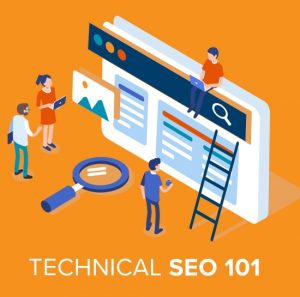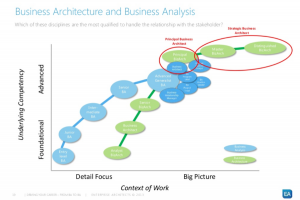Contributor Giovanni Strocchi explains how audience profiling built on first-party data can help marketers get to know their audience on a personal level and predict their needs.
 Today’s scattergun approach to targeting, based on wide demographic assumptions, overlooks an important fact for marketers: Target audiences are made up of real people.
Today’s scattergun approach to targeting, based on wide demographic assumptions, overlooks an important fact for marketers: Target audiences are made up of real people.
Getting to know customers and prospects on a personal level is the only way marketers can truly understand what will be relevant to them, what they want and need and what will motivate them to buy.
While brands have access to a wealth of first-party data that can help them understand who their customers are and what interests they have, many are overwhelmed by the sheer volume of information available and don’t know where to start or have access to the correct technology and capabilities.
But help is at hand. With the arrival of cognitive technologies and machine learning, it’s now possible to create advanced audience profiles based on the “propensity to interact” (click or buy) with the brand message. This allows marketers to make the most of valuable online first-party data and finally reveal the faces in the crowd.
So how does advanced audience profiling work, and what benefits does it bring to marketers?
Audience profiles are built up using the amalgamation of multiple data streams, including demographic data, psychographic data and behavioral analysis based on previous interactions, such as online media consumption and online browsing interests. It uses advanced technologies such as semantic analysis and natural language processing — a type of cognitive technology that analyzes the content a user consumes to determine real interests, the sentiment, emotional context and grammatical nuances contained within it — to get to know the consumer at a more granular level.
The benefits of audience profiling for marketers are vast, and it can enable them to achieve the following:
Gain deeper audience understanding
By combining a variety of data streams, in-depth audience profiling can provide a far greater level of insight than demographics alone. After all, just because two people share the same age category, gender and ZIP code, it doesn’t necessarily mean they share the same views and tastes.
The beauty of audience profiling is that it can uncover an individual’s interests, lifestyle factors and attitudes, to build up a 360-degree digital portrait of the user to help marketers target consumers accurately and efficiently, ensuring their message is reaching the right person in the right context.
Uncover communities of interest
Increased use of the internet and, more specifically, social media, has boosted the importance of advanced audience profiling based on their online interests. It’s now very easy for consumers with similar interests and opinions to interact with one another, regardless of formerly restrictive demographic factors such as geographic location, age or ethnicityThis online interaction creates digital communities of interest that marketers can target with highly relevant and engaging messaging.
Predict consumers’ future needs
In addition to audience profiles built on first-party data, marketers can create “propensity profiles” that predict what consumers are likely to want or need in the future. By using artificial intelligence and machine learning capabilities, combined with data from first-party user interactions, marketers can predict the needs of a specific audience segment ahead of time.
This allows marketers to tailor their creative to needs consumers don’t yet know they have, offer products they already have the propensity to buy and create a surprising and relevant experience that resonates with the user.
Ad targeting is too basic in its current form, using wide demographic assumptions rather than looking for the real people behind the segments. Audience profiling, based on first-party customer interactions, helps marketers with advanced targeting, ensuring ad campaigns are relevant and engaging to achieve optimum results — and to ultimately reveal the faces in the crowd.
Some opinions expressed in this article may be those of a guest author and not necessarily Marketing Land. Staff authors are listed here.
Marketing Land – Internet Marketing News, Strategies & Tips
(120)
Report Post






